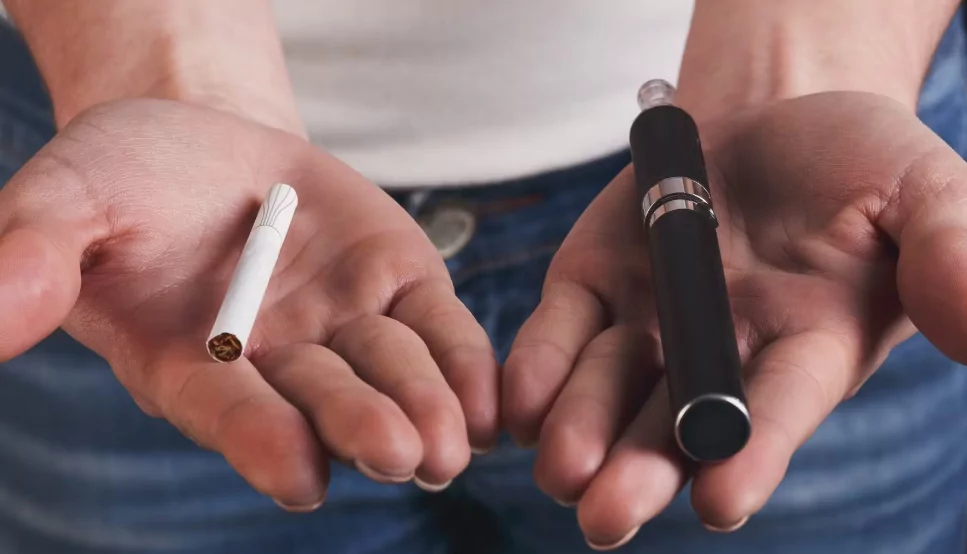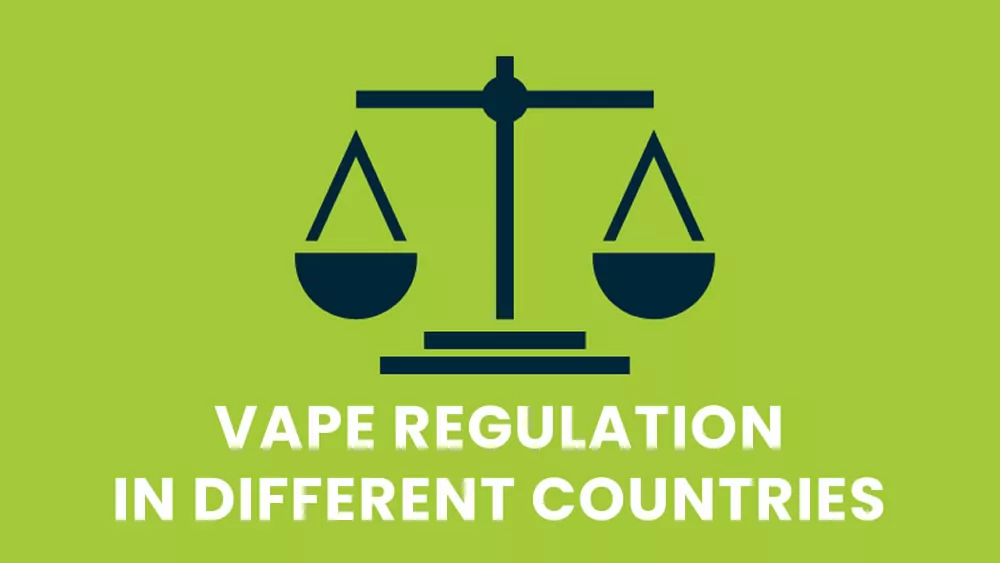Vaping is the Safer Alternative of Tobacco Smoking for a Healthier Lifestyle
vaping has emerged as a popular and potentially safer alternative to traditional smoking in recent years. As more research becomes available, the scientific community continues to shed light on the benefits and risks associated with this practice. This article delves into the latest findings, providing a comprehensive overview of vaping as a harm reduction tool for smokers and its potential impact on public health.
Understanding Vaping: The Basics
Before diving into the research, it’s essential to understand what vaping entails. Vaping involves inhaling vapor produced by an electronic device, typically called an e-cigarette or vape pen. These devices heat a liquid (e-liquid or vape juice) containing nicotine, flavorings, and other ingredients to create an aerosol that users inhale.
Unlike traditional cigarettes, which burn tobacco and produce smoke, vaping devices do not involve combustion. This fundamental difference forms the basis for many of the potential health benefits associated with vaping compared to smoking.
The Safety Profile of Vaping vs. Smoking: What the Research Says
Recent studies have provided compelling evidence supporting vaping as a safer alternative to smoking. A comprehensive report by the Office for Health Improvement and Disparities (OHID) in England, led by academics from King’s College London, offers valuable insights into this topic1.
Reduced Toxicant Exposure
One of the most significant findings from the OHID report highlights the dramatically lower levels of toxicants in vapers compared to smokers. The study found that biomarkers associated with cancer, respiratory conditions, and cardiovascular diseases were significantly reduced in individuals who switched from smoking to vaping.
To put this into perspective, the research indicates that toxicant exposure from vaping is comparable to or only slightly higher than that from not using nicotine products at all. This finding underscores the potential of vaping as a harm reduction tool for smokers who are unable or unwilling to quit nicotine altogether.
Second-Hand Exposure
Concerns about second-hand smoke have long been a significant issue with traditional cigarettes. The OHID report addresses this concern for vaping, revealing that short-term second-hand exposure to vaping among non-smokers did not lead to a significant increase in toxicant exposure. This finding suggests that vaping may pose less risk to bystanders compared to traditional smoking.
Expert Opinion
Prof Peter Hajek from Queen Mary University of London’s Tobacco Dependence Research Unit emphasizes the potential of vaping as a harm reduction tool. He states that switching to vaping removes almost all of the risks associated with smoking2. This expert opinion aligns with the growing body of evidence supporting vaping as a safer alternative for current smokers.
Vaping as a Smoking Cessation Tool
One of the most promising aspects of vaping is its potential as a tool for smoking cessation. The National Institute for Health and Care Excellence (NICE) in the UK has recognized this potential, emphasizing the role of vaping in preventing tobacco uptake, promoting quitting, and treating nicotine dependence3.

Success Rates
Numerous studies have demonstrated the efficacy of e-cigarettes in helping smokers quit. A landmark study published in the New England Journal of Medicine found that e-cigarettes were nearly twice as effective as traditional nicotine replacement therapies (like patches or gum) in helping smokers quit4.
Addressing Withdrawal Symptoms
One of the reasons for vaping’s success as a cessation tool lies in its ability to address both the physical and psychological aspects of nicotine addiction. Vaping can deliver nicotine in a way that mimics the hand-to-mouth action of smoking, potentially making the transition easier for long-term smokers.
Understanding the Risks: A Balanced Perspective
While the evidence strongly supports vaping as a safer alternative to smoking, it’s crucial to acknowledge that it’s not entirely risk-free, especially for non-smokers.
Potential Side Effects
Some users may experience mild side effects when they first start vaping, such as dry mouth, throat irritation, or coughing. However, these effects often diminish over time as the body adjusts to vaping5.
Long-Term Effects
Due to the relative newness of vaping technology, long-term studies spanning decades are not yet available. However, the current body of evidence suggests that the long-term risks of vaping are likely to be substantially lower than those of smoking.
Youth Vaping Concerns
The OHID report highlights an increase in youth vaping rates, with prevalence among 11-18 year-olds rising from 4.0% in 2021 to 8.6% in 2022. While this trend is concerning, it’s important to note that the majority of young people who had never smoked were not currently vaping. Furthermore, of those who had tried vaping, a considerable percentage had smoked first, indicating a pattern of experimentation rather than vaping leading to smoking.

Ecigator Sticky Prefilled Pod Kit
The Ecigator Sticky Prefiiled Replaceable Vape Pod Kit is new kind of vape kit which the prefilled disposable pod can be changed.
That means you don’t need to throw away the whole kit but just change another pod. Also you can change the pods to taste different flavors.
Vaping Prevalence and Trends
Understanding the current landscape of vaping use provides valuable context for its potential impact on public health.
Adult Vaping Rates
The OHID report reveals that vaping prevalence among adults in England increased from 7.1% in 2021 to 8.3% in 2022 [1]. This rise in vaping rates coincides with a decline in smoking rates, suggesting that many smokers are transitioning to this potentially less harmful alternative.
Motivations for Vaping
The report also sheds light on why adults choose to vape. The most common reasons cited were:
- To quit smoking
- To stay off tobacco
- Personal enjoyment
These motivations align with the potential of vaping as both a harm reduction tool and a less harmful alternative to smoking for those who enjoy nicotine use.
The Importance of Regulation and Education
While the evidence supports vaping as a safer alternative to smoking, proper regulation and education remain crucial.

Age Restrictions
The report highlights issues with underage access to vaping products, emphasizing the need for stricter enforcement of age restrictions. Preventing youth access to vaping products is crucial to ensure that the benefits of vaping as a harm reduction tool for adult smokers are not overshadowed by potential risks to young people.
Public Education
There’s a clear need for accurate, evidence-based information about vaping to be disseminated to the public. Many smokers remain unaware of the potential benefits of switching to vaping, while some non-smokers may not fully understand the risks associated with starting to vape.
Conclusion: Vaping as a Path to Harm Reduction
The latest research confirms that vaping represents a significantly safer alternative to smoking. For current smokers, switching completely to vaping can dramatically reduce exposure to harmful toxicants, potentially leading to substantial health improvements.
However, it’s crucial to remember that while vaping is a less harmful alternative to smoking, it’s not entirely risk-free. Non-smokers, particularly young people, should be discouraged from taking up vaping.
As research in this field continues to evolve, our understanding of the long-term effects of vaping will undoubtedly improve. For now, the evidence strongly supports vaping as a valuable tool in harm reduction strategies aimed at reducing the enormous health burden caused by smoking.
For smokers looking to quit or reduce their health risks, vaping offers a promising path forward. As always, individuals considering switching to vaping should consult with healthcare professionals to make informed decisions about their health.
- Office for Health Improvement and Disparities. (2022). Vaping in England: 2022 evidence update summary. https://www.gov.uk/government/publications/nicotine-vaping-in-england-2022-evidence-update/nicotine-vaping-in-england-2022-evidence-update-summary ↩︎
- Queen Mary University of London. (2023). Expert reaction to evidence update on vaping in England.https://www.qmul.ac.uk/media/news/2024/fmd/uk-parliament-committee-told-vaping-has-substantial-potential-to-solve-the-problem-of-the-harms-caused-by-smoking.html ↩︎
- National Institute for Health and Care Excellence. (2021). Tobacco: preventing uptake, promoting quitting and treating dependence. https://www.nice.org.uk/guidance/ng209 ↩︎
- Hajek, P., Phillips-Waller, A., Przulj, D., et al. (2019). A Randomized Trial of E-Cigarettes versus Nicotine-Replacement Therapy. New England Journal of Medicine, 380(7), 629-637. https://www.nejm.org/doi/full/10.1056/NEJMoa1808779 ↩︎
- Polosa, R., Morjaria, J. B., Caponnetto, P., et al. (2014). Effectiveness and tolerability of electronic cigarette in real-life: a 24-month prospective observational study. Internal and Emergency Medicine, 9(5), 537-546.https://pubmed.ncbi.nlm.nih.gov/23873169/ ↩︎
- Mexico Passes Law to Ban Tobacco Ads, Expand Smoke-Free Zones - August 13, 2025
- Big Vape Brands Bypass Ad Bans Via Global Social Media - August 13, 2025
- UK to Make Vape Sellers Pay for E-Waste Disposal - August 13, 2025









